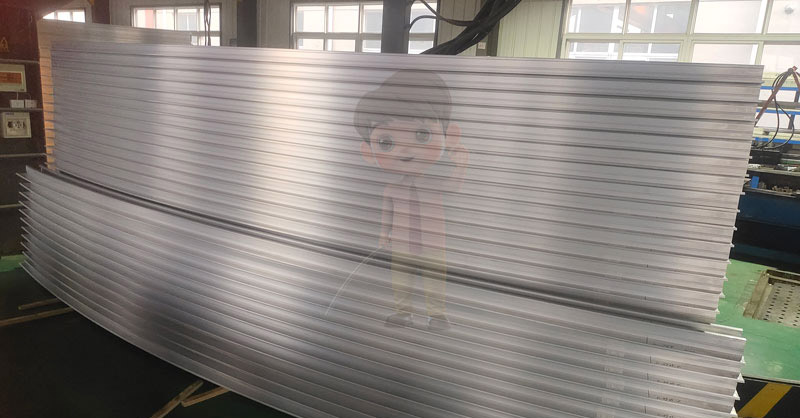The Role of Advanced Machinery in the Precision Bending of Industrial Materials
In today’s rapidly evolving manufacturing landscape, precision bending of industrial materials has emerged as a critical process in various sectors, including automotive, aerospace, construction, and electronics. Advanced machinery plays a pivotal role in enhancing the accuracy, efficiency, and adaptability of bending operations, enabling manufacturers to meet the increasing demands for high-quality products.
Precision bending involves the accurate manipulation of materials to achieve specific angles and shapes essential for the functionality and aesthetics of finished products. Components produced through this process must meet strict tolerances to ensure compatibility with other parts, maintain structural integrity, and withstand operational stresses. Industries rely heavily on precision bending to create everything from intricate brackets and frames to complex tubing and piping systems.
Advanced Machinery: A Game Changer
1.CNC Bending Machines
Computer Numerical Control (CNC) bending machines have revolutionized the bending process. These machines utilize advanced software to control the bending angles and pressure with unmatched accuracy. By programming specific parameters, manufacturers can produce complex geometries with minimal human intervention, reducing the risk of errors and increasing productivity.
2.Hydraulic and Electric Press Brakes
Hydraulic and electric press brakes are integral to the bending process, offering significant advantages in terms of force application and precision. Hydraulic machines can exert immense pressure, making them suitable for bending thick materials, while electric press brakes provide faster operation and enhanced accuracy for lighter materials. The choice between hydraulic and electric systems often depends on the material properties and production requirements.

3.Robotic Bending Systems
The integration of robotics in bending operations has taken automation to the next level. Robotic bending systems are capable of handling various materials and shapes, providing flexibility that traditional machines may lack. Equipped with advanced sensors and vision systems, these robots can adapt to changes in material properties and adjust bending parameters in real-time, ensuring consistent quality across batches.
4.Software and Simulation Tools
Advanced software tools play a crucial role in the design and planning stages of bending operations. CAD (Computer-Aided Design) and CAM (Computer-Aided Manufacturing) software can simulate the bending process, allowing engineers to visualize the final product and identify potential issues before production begins. This proactive approach helps in optimizing designs, reducing waste, and shortening lead times.
Benefits of Using Advanced Machinery
-Increased Accuracy and Consistency: Advanced machinery significantly reduces human error, providing high levels of precision and consistency across all parts produced.
-Enhanced Productivity: Automation and the efficiency of modern machines lead to faster production times, allowing manufacturers to meet tight deadlines and respond swiftly to market demands.
-Material Efficiency: With precise bending, less material waste occurs, which not only reduces costs but also contributes to more sustainable manufacturing practices.
-Versatility: Advanced machinery can often handle a broad range of materials and thicknesses, enabling manufacturers to diversify their product offerings without investing in multiple specialized machines.
The role of advanced machinery in the precision bending of industrial materials cannot be overstated. As industries continue to demand higher levels of quality and efficiency, the adoption of these technologies becomes increasingly paramount. Embracing advanced machinery not only streamlines the production process but also positions manufacturers to compete effectively in a global market. As technology advances, we can expect even more innovative solutions that will further enhance the capabilities of precision bending, driving the industry forward into a new era of manufacturing excellence.
30
2025-09
Number of visitors:1
HOT NEWS
-
Selection and Maintenance Strategies for Aluminum Bending Equipment
2025-12-27
-
Reducing the rebound error of car bumper bending enhances the stability of mass production.
2025-12-17
-
High-precision bending processing service: Automated bending process
2025-12-08
-
High-Accuracy Curve Forming: Achieving Consistent Bends in Aluminum, Steel, and Alloy Materials
2025-11-27




 English
English Chinese
Chinese Japan
Japan German
German

 LIST
LIST
